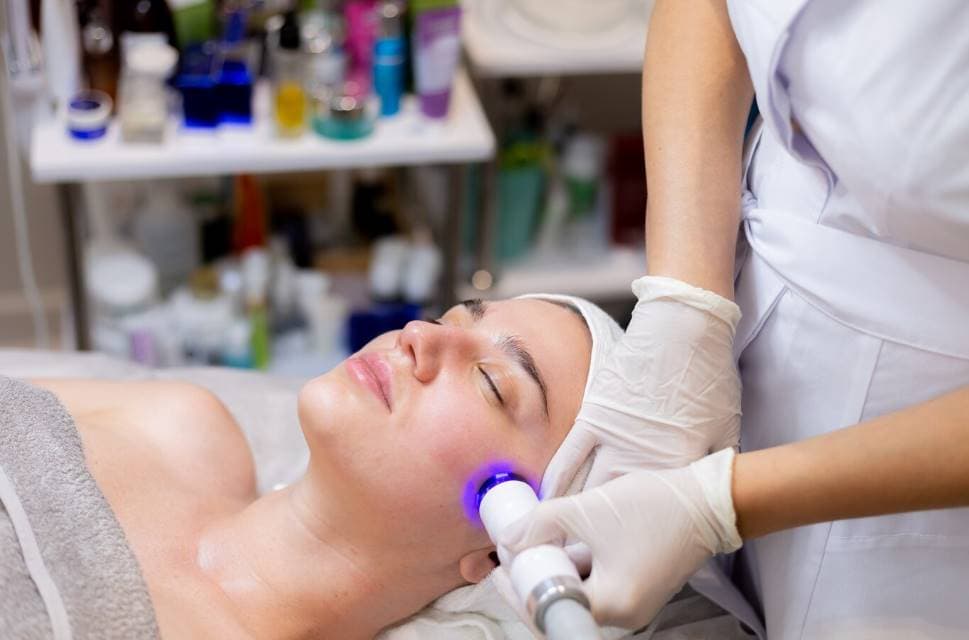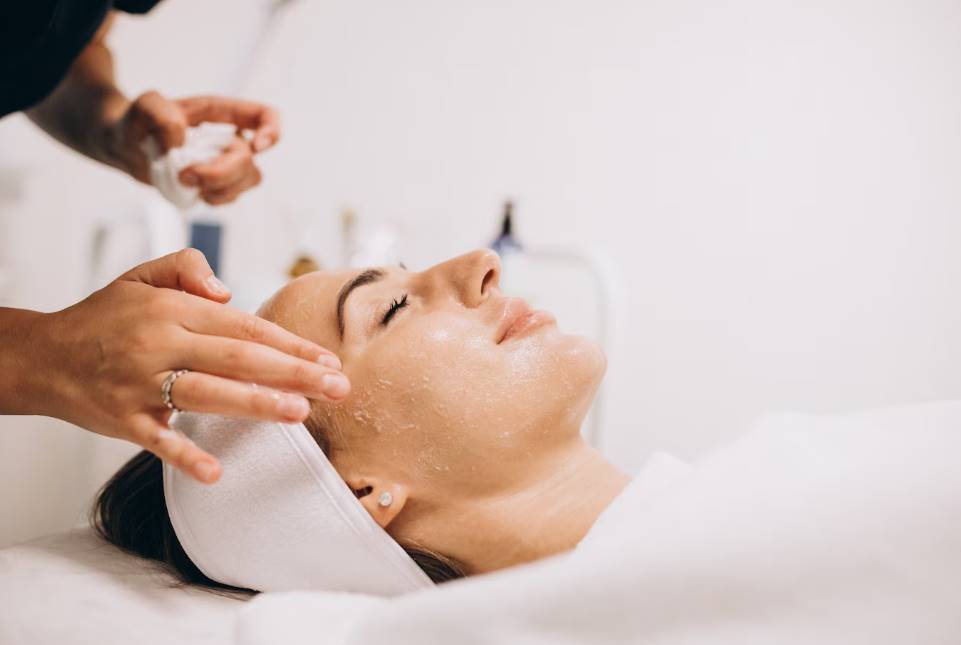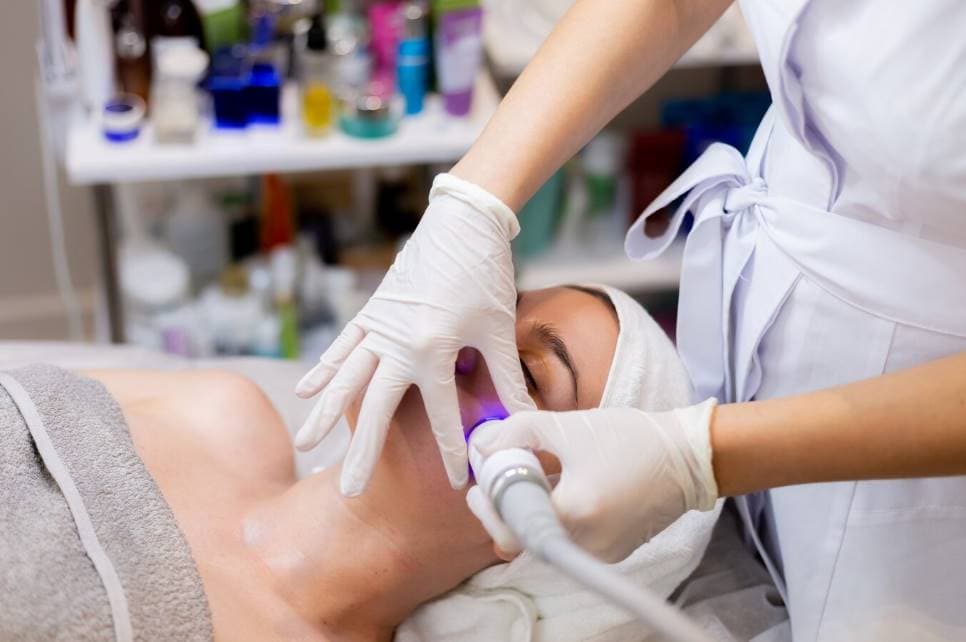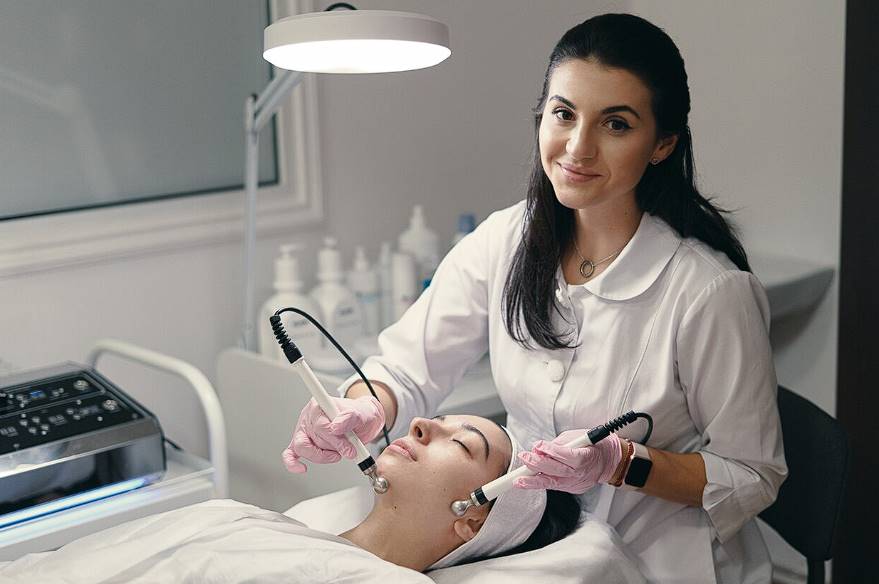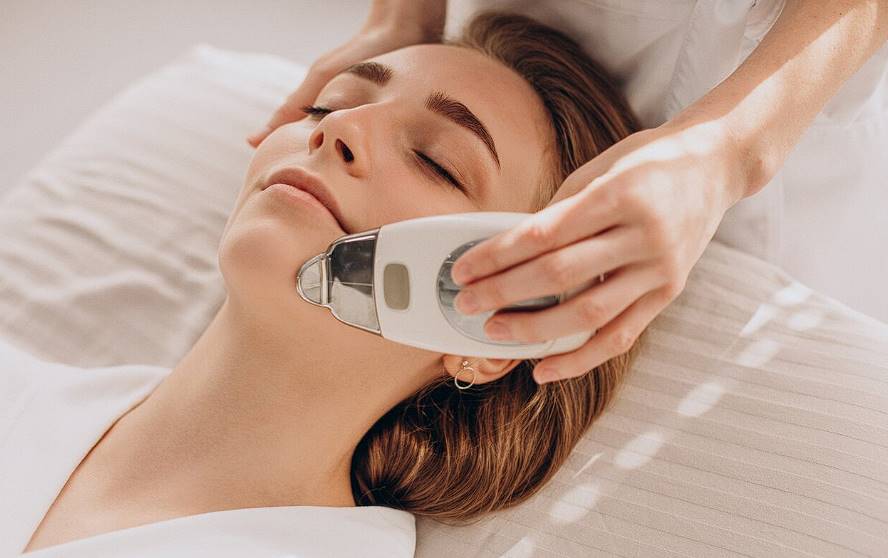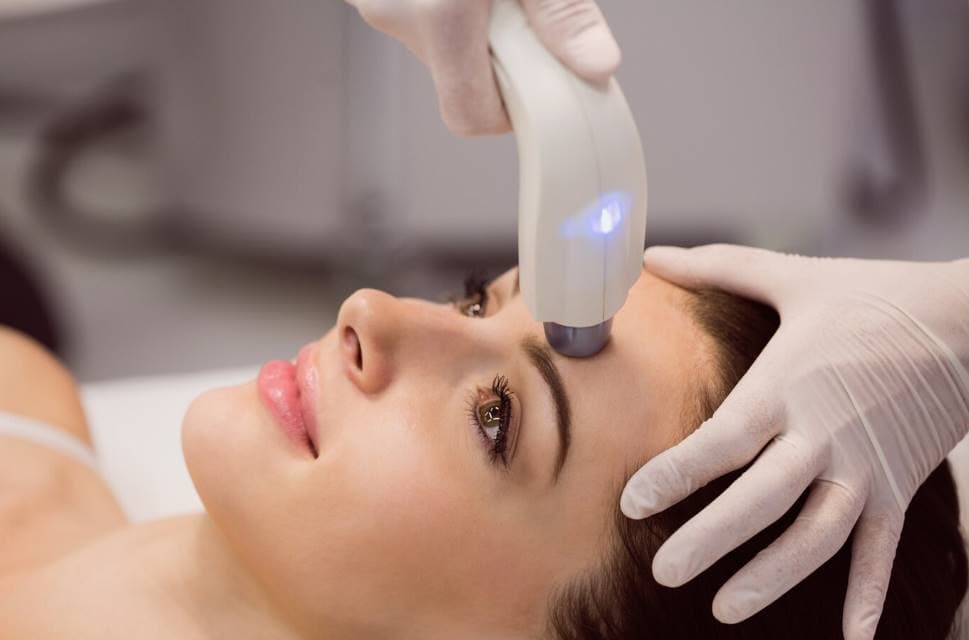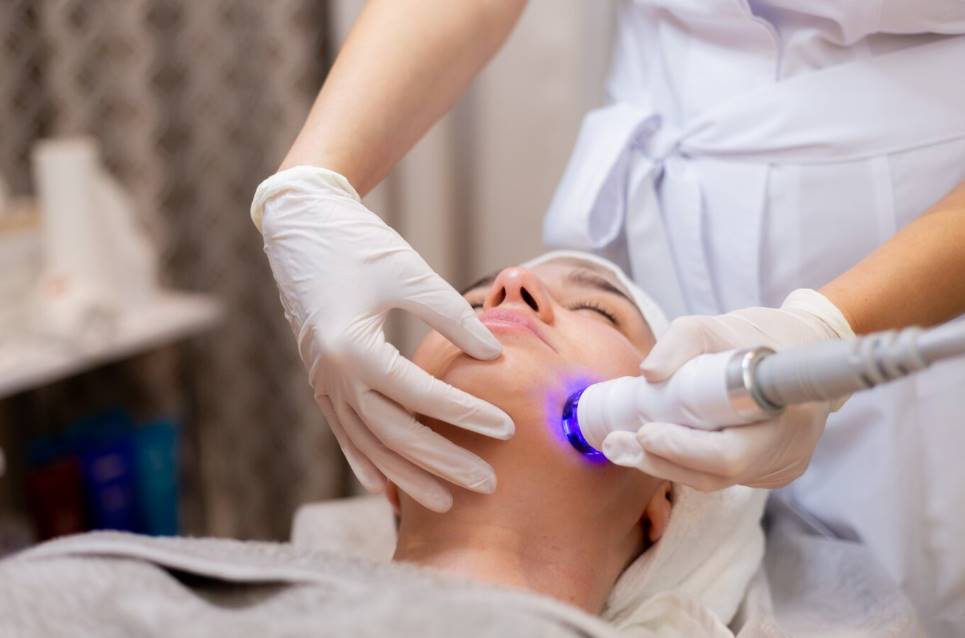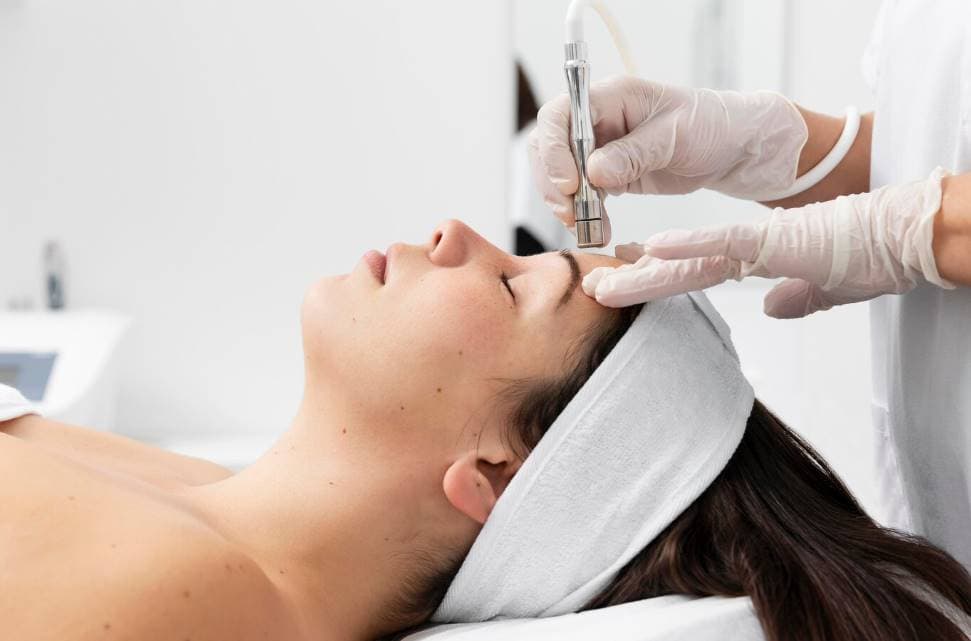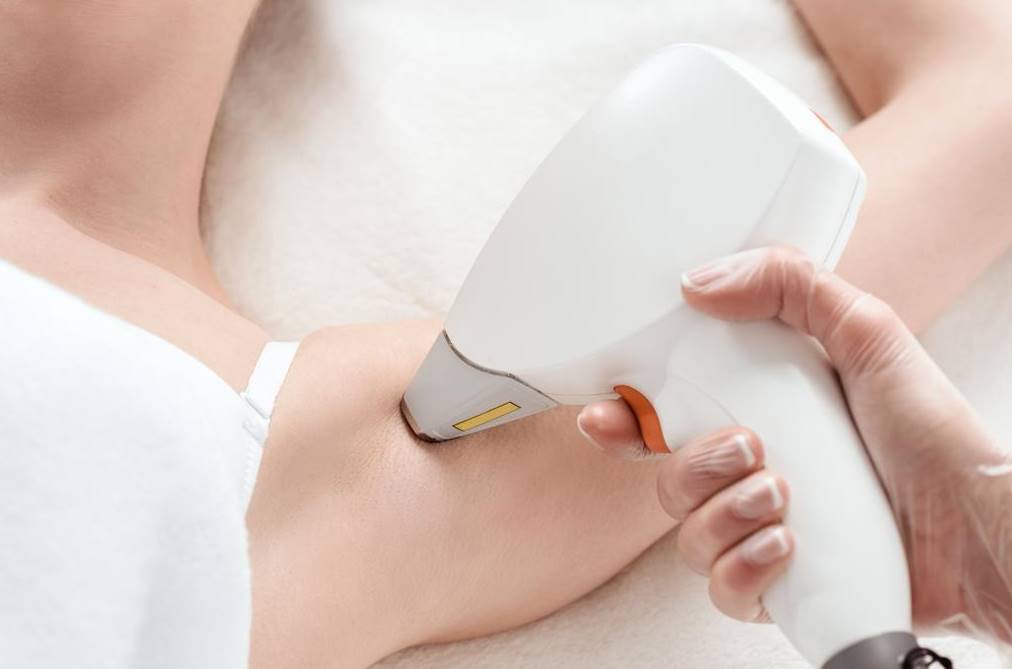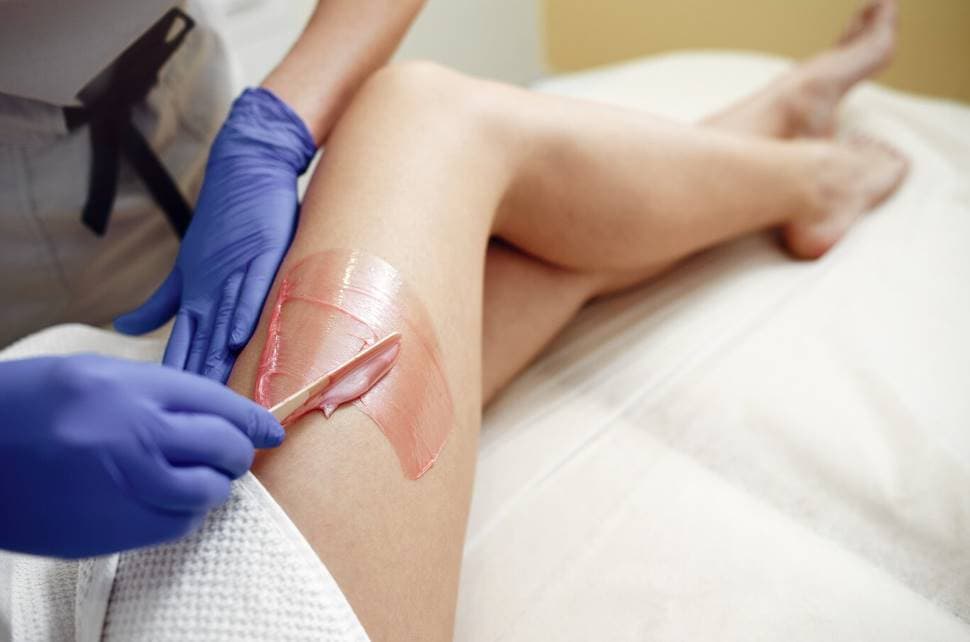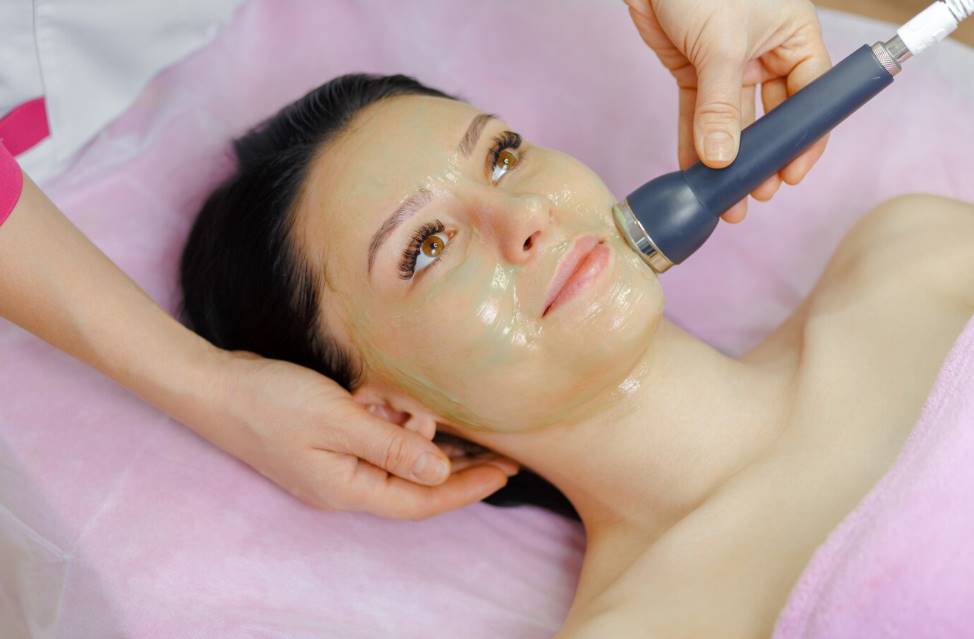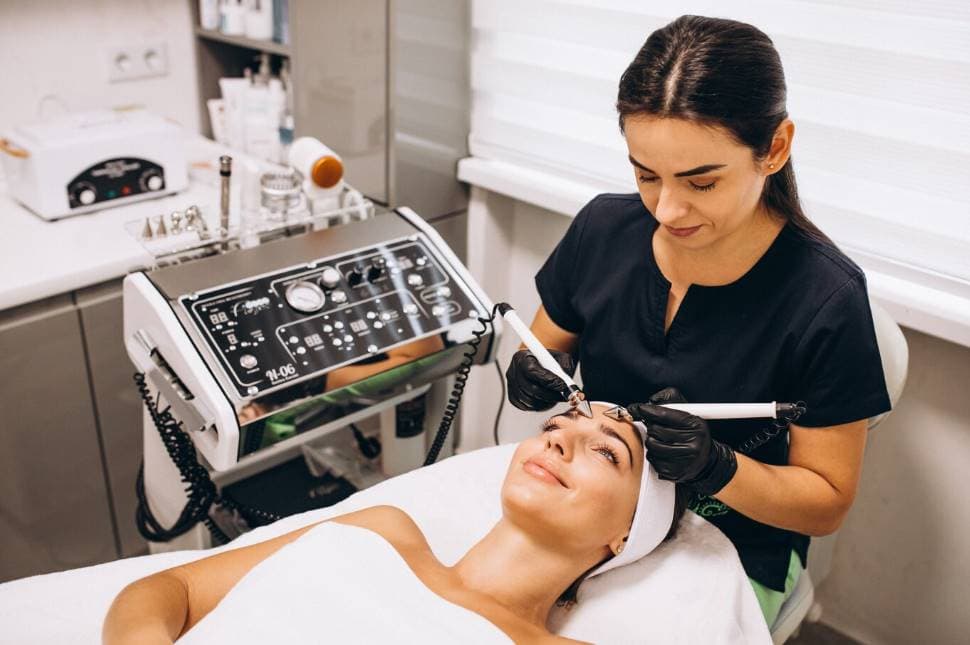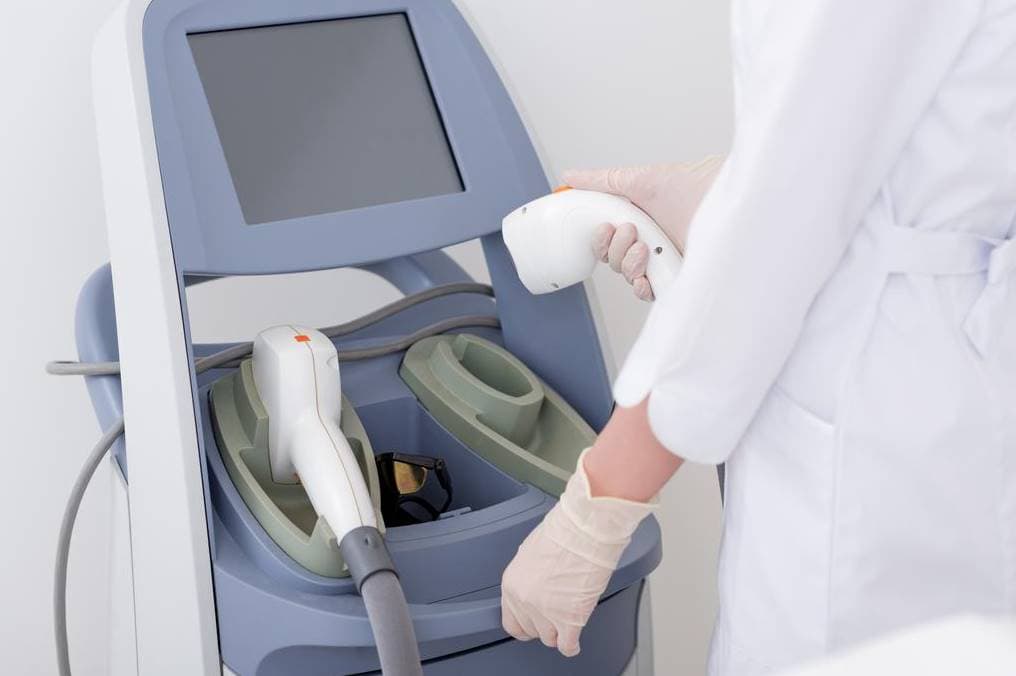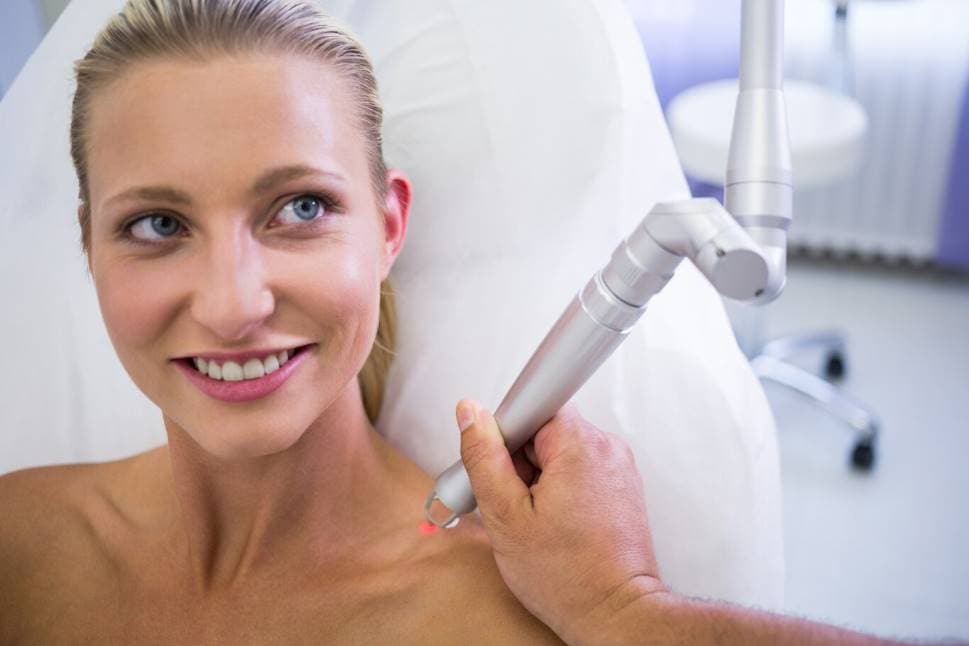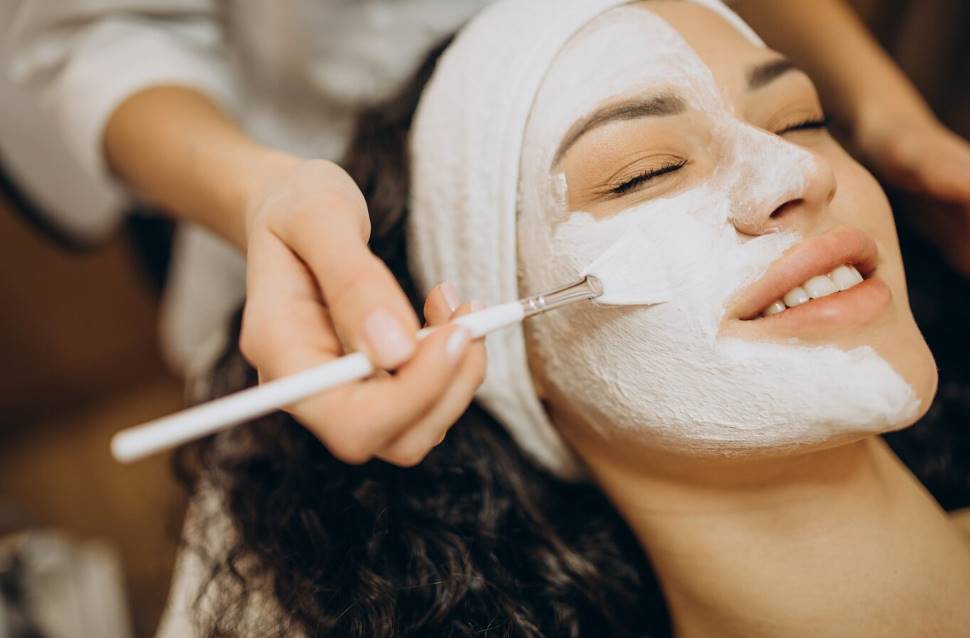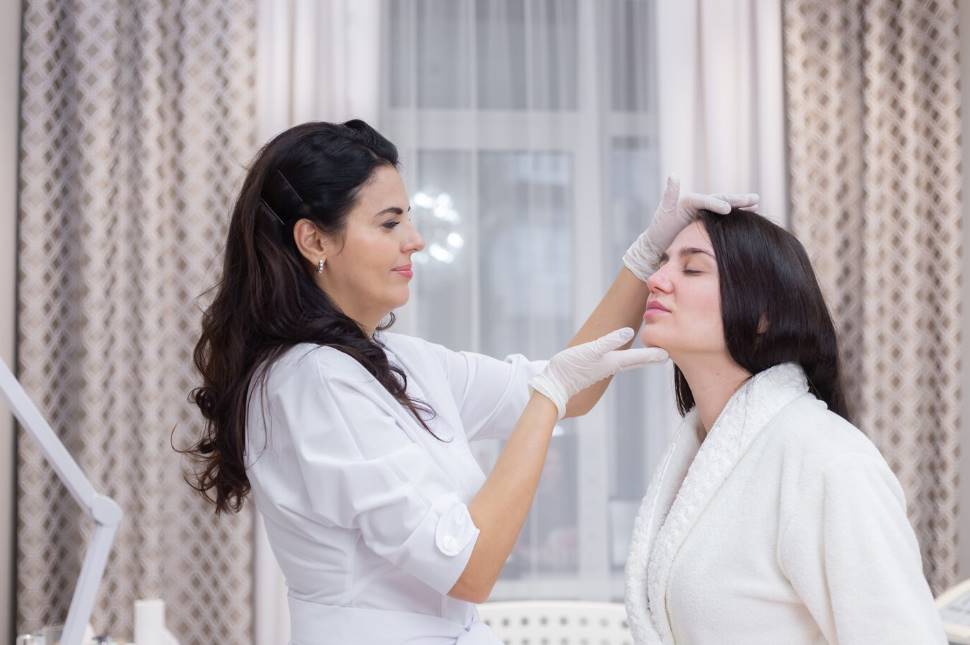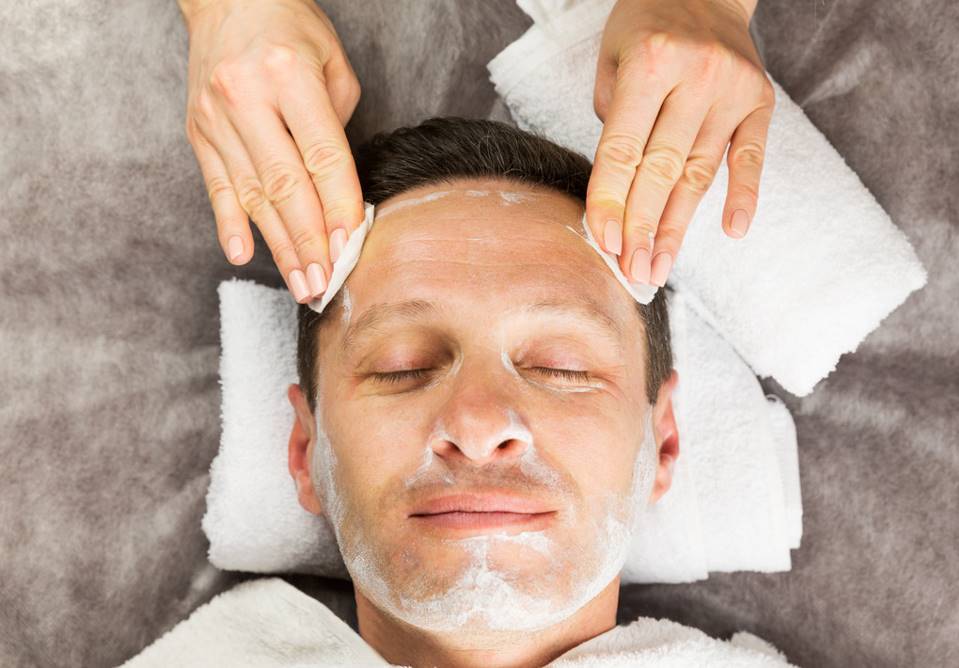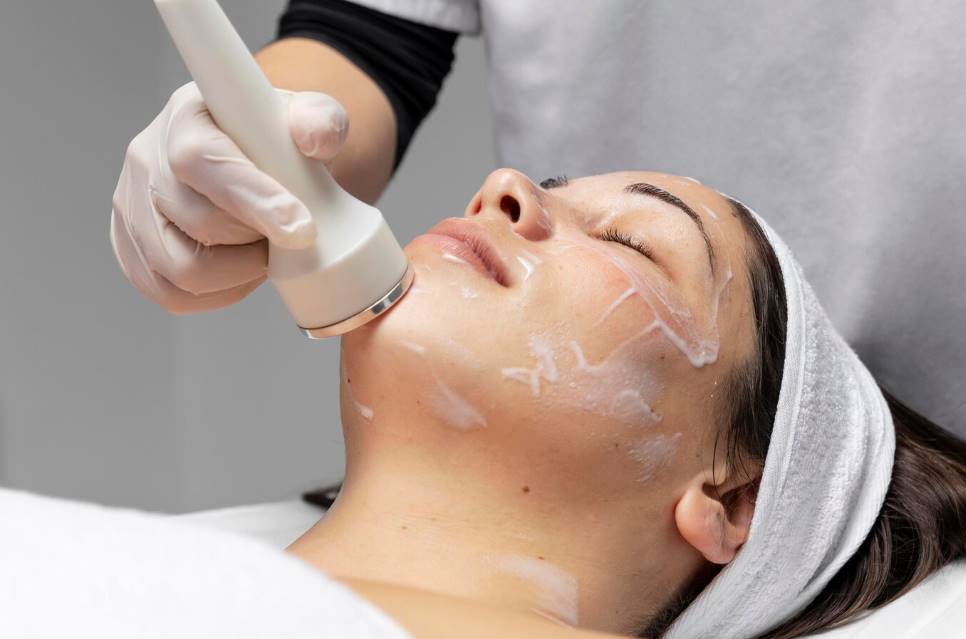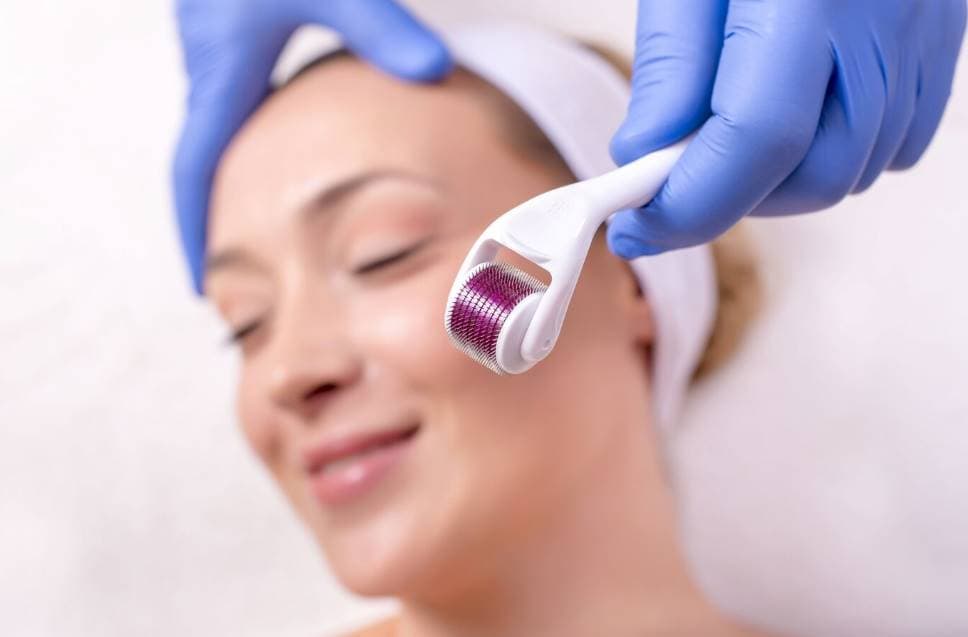Sun damage has become a regular worry in modern society, where spending time in the sun is nearly a rite of passage. The good thing is that laser skin treatment is an amazing way to fix the problem. This sophisticated technology isn't limited to sci-fi movies; it can also help restore the natural beauty of your face.
In this piece, we'll learn all about laser skin treatments, including how they work, what they can do for you, and what to expect. So, if you've been hiding from the sun by wearing wide-brimmed hats and lots of sunscreen, it's time to come out into the light and learn how lasers can make your sun-kissed skin look younger.
How Sun Damage Happens and What It Does to Skin
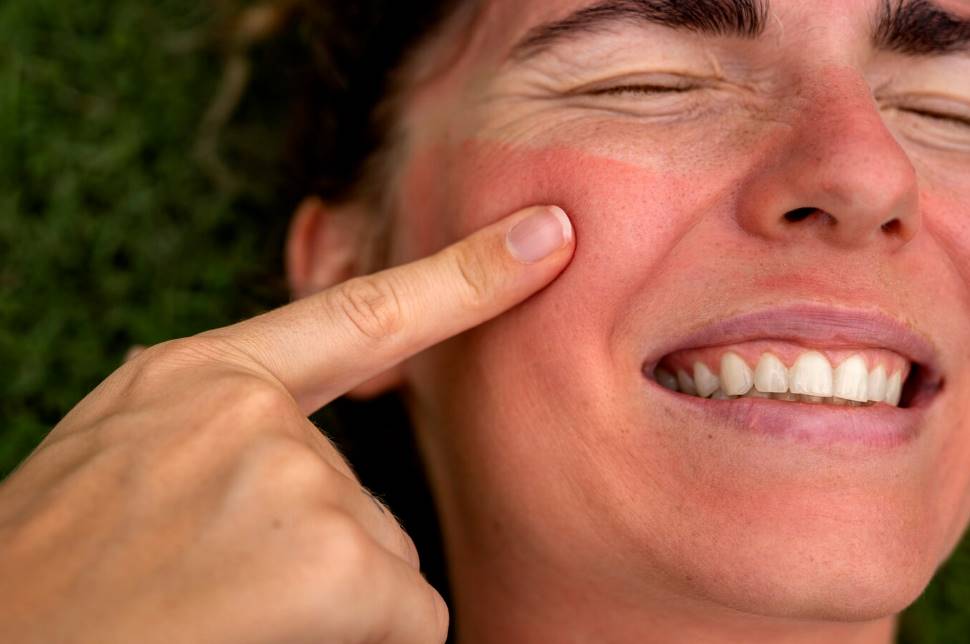
UVA and UAB rays from the sun are invisible to the human eye, but they may cause skin damage that isn't covered. Among the most prevalent indications of sun damage are:
- Hyperpigmentation: Excessive skin darkening or irregular skin pigmentation.
- Uneven skin texture: Irregularity in the texture of the skin's surface.
- Fine lines and wrinkles: Small creases and signs of aging on the skin.
All of these things can make you look older than you are, especially if your skin has been hurt by the sun. If you already have these symptoms of sun damage, you need to do more to protect yourself from the sun. This means putting on sunscreen daily, staying out of the sun as much as possible, especially between 10 a.m. and 4 p.m., and covering up as much as possible with a hat or other forms of sun protection.
How Does Sun Damage Happen, and How Can You Tell?
The sun always sends out a wide range of light energy. All types of radiation, whether they are seen or not, can hurt the skin.
- Visible (VIS) light is a factor in forming unwanted pigments.
- Infrared (IR) rays break down collagen and elastin.
- Ultraviolet (UV) light speeds up collagen breakdown, stops collagen from growing back, slows the body's ability to heal, and causes uneven colouring. Lesions are caused by both ultraviolet A, or UVA, and UVB (ultraviolet B) rays.
Both elastin and collagen are proteins that play important roles in the body. They not only keep the skin soft but also make the walls of blood vessels stronger and help the body fight off diseases. When you add the breakdown of collagen and elasticity to changes in skin colour, you get several signs of sun damage:
- A Coarseness
- Spider veins, broken blood vessels, and swelling easily.
- Melasma, dark spots, uneven skin tone, and other colouring issues
- Actinic keratosis and other tumours that can become cancerous
- Getting less hard and flexible
- Oil glands and holes that are bigger
- There are fine and deep lines.
Remember that skin that has been hurt by the sun repeatedly may appear like regular skin that has aged. But sun harm is more likely to cause deep wrinkles, different skin thicknesses, sun spots, a tanned look, and cancerous skin tumours.
What Are the Best Ways to Fix Sun Damage With Lasers?
Different lasers are used in dermatology because each one hurts only certain molecules in the skin. The target molecule for laser healing of sun damage can be water, haemoglobin, or melanin.
- Haemoglobin, the red pigment in blood, soaks up visible light, especially green-yellow light.
- IR light is taken in by water. Long IR rays can't get through the outermost layer of skin and upper dermis because the water molecules there are very good at soaking them up. Short IR waves, on the other hand, can get to the lower layers without directly breaking the skin barrier.
- Melanin is the main pigment in the epidermis. It absorbs visible and UV light very well but takes short infrared light waves less well.
When lasers reach their targets, they only hurt the molecules and a small amount of the nearby tissues. This is the reverse of what the sun does: it randomly destroys tissues with invisible and visible rays.
The controlled damage makes the skin red and swollen, but only enough to speed up skin renewal and make elastin and collagen. In the end, these changes get rid of the bumps and make the skin feel better. The accuracy of laser treatment comes from the different ways the target molecules interact with light and are spread out in the skin.
Here are the different lasers used to treat skin that has been hurt by the sun.
Non-Ablative Lasers
Sun-damaged skin may also be fixed with laser lights and energy techniques that don't cut the skin. The goal is to use focused microbeams to induce heat to the dermis and epidermis and start the body's natural collagen production. With this laser treatment, the top layer of skin isn't hurt or taken off.
Overall, this treatment for the skin seems to reverse sun damage, making the skin look younger and reducing the number of brown spots. Patients like how quick the procedures are, how little pain they cause, and how little time they need to heal.
Pigment-Seeking Lasers
Q-switched tools, like Picosecond and Nd: YAG lasers, can treat uneven pigmentation. Q-switched lasers can target small to medium-sized sunspots and sometimes get rid of them in just one session. Nd: YAG lasers can be used on all kinds of skin, even darker ones, because they focus on heat waves and break up melanin particles. These same lasers can also remove tattoos by attacking the ink's colour.
During therapy, people are told to use calming cream and local anaesthetics to help with pain. Sunspots will first turn a different colour and scab over after laser treatment. It will fall off in about a week, showing clearer skin.
IPL
Even though it's not a laser, dermatologists and technicians also use Intense Pulsed Light to smooth out the skin. IPL photo facials can lessen the look of hyperpigmentation rosacea and brown spots by using powerful light that targets melanin.
This kind of treatment takes only 30 to 40 minutes, is painless when anaesthesia is used and doesn't require much time to recover. IPL is safe and takes several treatments to work. Over time, the surface gets cleaner and smoother. Since it doesn't hurt the skin, you can use it as part of a long-term skin care practice.
Ablative Resurfacing Lasers
Ablative lasers are used by laser techs to treat skin that has a lot of damage from the sun, is old, or has deep wrinkles. Ablative lasers tend to be more invasive because they go deeper into the skin and remove some top layers. CO2 lasers and Erbium YAG lasers are utilised to treat moderate to serious sun damage and cause more collagen to grow. But healing takes longer with this kind of medicine. Patients are advised to take care of their faces and relax for two to three weeks.
With fractional ablative lasers, resurfacing treatments are safer and less invasive, and they can help reverse sun damage that can be seen. They work well to eliminate fine lines, wrinkles, dark spots, and acne. Even though this kind of therapy takes less time to recover from than normal ablative resurfacing, it may take more than one session to get the most effective outcomes.
What to Expect During and After Laser Treatments
Consultation and Before-Treatment
During your appointment, a dermatologist will look for signs of damage on your skin and suggest a laser therapy plan. Once you've scheduled your treatment, the dermatologist will tell you what you must do to prepare for it. For example, you might be told not to use cosmetics on the day of your appointment.
The Laser Treatment Procedure
The exact steps will be different depending on what kind of therapy you are getting. Usually, though, a local anaesthetic will be used to numb the treatment area. After that, sessions can last anywhere from thirty minutes to two hours, depending on how much treatment you need.
Aftercare and Healing
After treatment, it's important to do what your doctor tells you to do for care and healing. This could mean staying away from the sun for at least one day and not using specific beauty or skin care products.
Does It Work?
The best part is that it works! Topical creams and generic skin treatments may temporarily moisturise the skin or protect scars, but only extensive lasers from laser dermatology clinics can make your skin look younger and cleaner.
Even though it might require a few treatments to finish the process, the results are much better because the body builds new layers of skin over time. Laser skin rejuvenation has been shown to help with many skin problems, including redness, uneven pigmentation, sun spots, and more. It even renews collagen, which makes your skin tighter and more flexible. This lets you look much more youthful and alert.
Benefits of Sun Damage Laser Treatment
Lasers are a good way to treat sun-damaged skin because they:
- With proper sun protection, laser skin treatment and IPL results may last for many years.
- Lasers don't hurt the tissues around them much, which makes them highly accurate tools.
- Light therapies are safer and less expensive than plastic surgery when treating sun-related lesions.
- Lasers can do many different things. They can help with a wide range of skin problems, some of which are caused by too much sun.
But you can only be sure that your procedure will work if you choose a laser dermatologist with a lot of experience and a good reputation.
How Can You Prevent Sun Damage?
There are many reasons why preventing sun damage is better than fixing it. One reason is that they cost a lot less. They additionally assist in protecting skin from the start, so you don't have to deal with the damage after the fact.
Use Sunscreen Whenever You Go Out
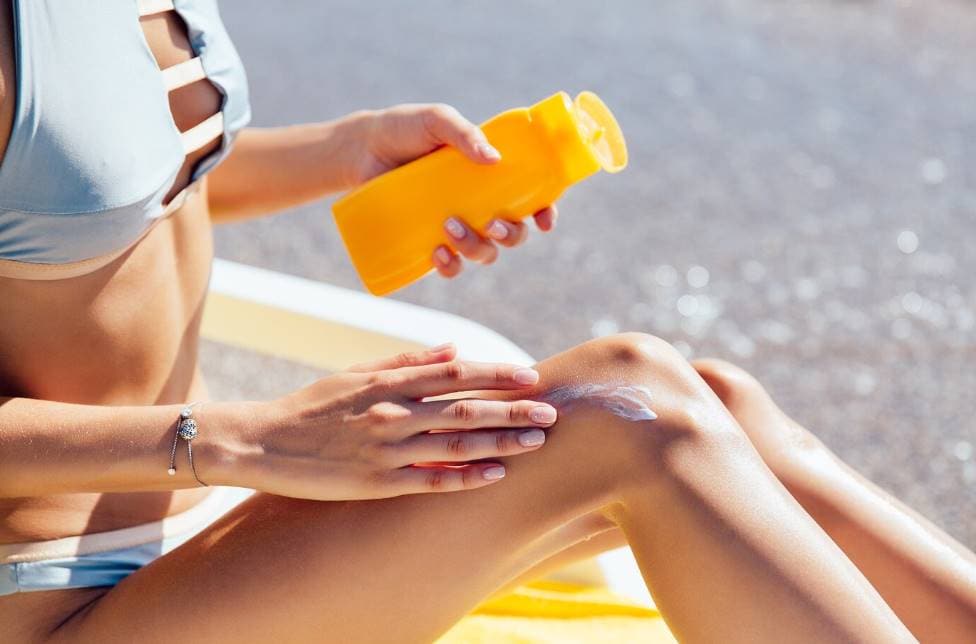
It's impossible to stay away from the sun all the time. But you can protect yourself by putting on sunscreen whenever you go outside. You should wear sunscreen even more if you use products for acne or scars.
Many of these treatments can make the skin increasingly sensitive to the sun. Most of the time, we suggest sunscreen with a minimum of 30 SPF. But if you allocate all day outside in the summer, you should go higher.
If you plan to sweat or get wet while outside, you should also look for something that won't get wet.
Try Some Topical Treatments
If you are worried about hyperpigmentation or other skin damage, you can get help with topical treatments. Niacin azelaic acid and retinoids applied topically are all things that can help reduce the fading caused by acne and sun damage.
They can also help fight free radicals on their own. This means that the more you use them, the more elastic your skin gets and the less wrinkled it gets. But there is a very important catch.
If you use any of these, you need to wear sun protection. If you don't wash them off, they'll make the skin more reactive to the sun. Long-term, this will hurt a lot more than help.
Cover Up on Extra Sunny Days
After sunscreen, shade is the next best way to protect yourself from UV rays. When you're outside, you can get it by adhering to umbrellas in order forests and canopies. But you should wear hats, glasses, and long sleeves.
You should try to get a hat with a long brim. This will give your face, arms, and neck the best protection. But if you only go out for 10 minutes, you might not need to wear anything to protect yourself from the sun.
Every day, a little bit of light can help cells to make vitamin D, which is good for our health in many ways.
But moderation is the key here. Doing it a few times a week for five to ten minutes is fine. But if you are out for over 15 minutes, you need sunscreen and other skin protection.
Conclusion
Sun damage, caused by UVA and UAB rays from the sun, can cause skin damage that isn't covered. Common signs of sun damage include hyperpigmentation, uneven skin texture, fine lines, and wrinkles. To combat these symptoms, it's essential to protect yourself from the sun by wearing sunscreen daily, staying out of the sun, and covering up with a hat or other forms of sun protection.
Sun damage occurs when the sun sends out a wide range of light energy, including visible (VIS), infrared (IR), and ultraviolet (UV) rays. These rays break down collagen and elastin, which play important roles in the body, keeping the skin soft and helping fight off diseases. Sun damage can result in coarseness, spider veins, broken blood vessels, swelling easily, melasma, dark spots, uneven skin tone, and other coloring issues.
Various lasers are used to fix sun damage by targeting specific molecules in the skin: water, haemoglobin, or melanin. Haemoglobin absorbs visible light, while IR light is taken in by water. Melanin absorbs both visible and UV light but takes shorter IR waves.
Non-Ablative Lasers use focused microbeams to induce heat to the dermis and epidermis, causing the skin to red and swell, but only enough to speed up skin renewal and make elastin and collagen. This treatment reverses sun damage, making the skin look younger and reducing brown spots.
Pigment-Seeking Lasers, such as Picosecond and Nd:YAG lasers, can treat uneven pigmentation and remove tattoos by attacking the ink's color. During therapy, calming cream and local anesthetics are used to help with pain.
Intense Pulsed Light (IPL) is a treatment method used by dermatologists and technicians to smooth out the skin, including photo facials for hyperpigmentation, rosacea, and brown spots. It takes 30-40 minutes and is painless with anaesthesia. Ablative resurfacing lasers are used to treat sun-damaged skin, which can be old or have deep wrinkles. These treatments are more invasive and require more time to recover. Fractional ablative lasers are safer and less invasive, helping to reverse sun damage and eliminate fine lines, wrinkles, dark spots, and acne.
During and after laser treatments, a dermatologist will look for signs of damage on the skin and suggest a laser therapy plan. The procedure usually involves a local anesthetic and sessions can last anywhere from 30 minutes to two hours. After treatment, it is important to follow your doctor's instructions for care and healing, such as staying away from the sun for at least one day and not using specific beauty or skin care products.
Sun damage laser treatment has several benefits, including long-lasting results, accurate tools, and lower costs than plastic surgery. To prevent sun damage, use sunscreen when going outside, try topical treatments like Niacin azelaic acid and retinoids, and cover up on extra sunny days with shade. Sun protection is essential, and daily exposure to light can help cells make vitamin D, but moderation is key.
In summary, laser treatments can help treat sun-damaged skin, but proper sun protection and prevention are crucial for long-term results.
Content Summary
- Sun damage is a prevalent concern in modern society.
- Laser skin treatment offers a solution for sun-damaged skin.
- The technology is not just limited to sci-fi movies.
- Laser treatments can help restore the natural beauty of the face.
- Sun damage primarily results from UVA and UVB rays.
- Common signs of sun damage include hyperpigmentation and uneven skin texture.
- Sun damage can accelerate the appearance of fine lines and wrinkles.
- Adequate sun protection, including wearing sunscreen daily, is essential.
- The sun emits various forms of radiation, both visible and invisible.
- Visible light contributes to unwanted skin pigments.
- Infrared rays degrade collagen and elastin in the skin.
- UV light accelerates collagen breakdown and impedes its regrowth.
- Both UVA and UVB rays can cause skin lesions.
- Elastin and collagen are crucial proteins for skin health and disease resistance.
- Sun damage can manifest as spider veins, broken blood vessels, and melasma.
- Repeated sun damage can cause the skin to resemble naturally aged skin.
- Lasers in dermatology target specific skin molecules like water, haemoglobin, or melanin.
- The target molecule's interaction with light is crucial for the precision of laser treatments.
- Non-ablative lasers do not injure the skin's top layer.
- These lasers focus on stimulating the body's natural collagen production.
- Non-ablative laser treatments are known for their speed and minimal recovery time.
- Pigment-seeking lasers, such as Q-switched tools, address uneven pigmentation.
- Nd: YAG lasers can treat sunspots and even work on tattoo removal.
- After laser treatment, sunspots may scab over and fall off, revealing clearer skin.
- Intense Pulsed Light (IPL) is used to smooth out the skin, although it's not technically a laser.
- IPL treatments can diminish the appearance of hyperpigmentation and rosacea.
- IPL is non-invasive, has a short treatment time, and offers progressive results.
- Ablative lasers are more invasive and treat deeper skin layers.
- Ablative lasers are effective for severe sun damage and deep wrinkles.
- Fractional ablative lasers are safer and less invasive but might require multiple sessions.
- Before laser treatments, a dermatologist evaluates the skin and suggests an appropriate plan.
- Depending on the treatment, sessions can range from 30 minutes to two hours.
- Post-treatment care often involves avoiding sun exposure and certain skincare products.
- Laser treatments from dermatology clinics have proven effective in rejuvenating the skin.
- Laser treatments address various skin issues, including redness and sunspots.
- Lasers boost collagen production, making the skin tighter and more elastic.
- Lasers provide a precise and less damaging treatment for sun-damaged skin.
- With adequate sun protection, laser treatment results can last for several years.
- Light therapies, including lasers, are more cost-effective than plastic surgeries for treating sun damage.
- Lasers can address a variety of skin issues, some caused by excessive sun exposure.
- Choosing an experienced and reputable laser dermatologist is crucial for desired results.
- Preventing sun damage is more cost-effective than treating it.
- Prevention helps protect the skin from the onset.
- Sun damage accelerates the ageing process, making individuals appear older.
- Regular sun protection is essential between 10 a.m. and 4 p.m.
- Sun damage not only affects skin appearance but also its ability to heal.
- The accuracy of laser treatments comes from targeted molecule interactions.
- Lasers work by damaging specific molecules, stimulating skin renewal processes.
- Consultation is a vital step before undergoing any laser treatment.
- Lasers can make sun-damaged skin appear more youthful and refreshed.
Frequently Asked Questions
The number of sessions varies based on what's wrong with your skin and what kind of laser treatment you're getting. Your skin care expert will make a treatment plan just for you.
Yes, laser treatments can be safe and effective for people with darker skin tones, but it's important to choose a clinic with a lot of experience treating people with different skin tones.
Laser treatments often cause mild redness and swelling but usually disappear after a few days. When done by a professional, severe side effects are rare.
Acne and scarring from acne can get better with laser treatments. But it's best to talk to a dermatologist to determine the best way to treat your case.
Results can last from a few months to a few years, depending on how well you care for your skin and stay out of the sun. For long-term results, you may need to do regular maintenance.
